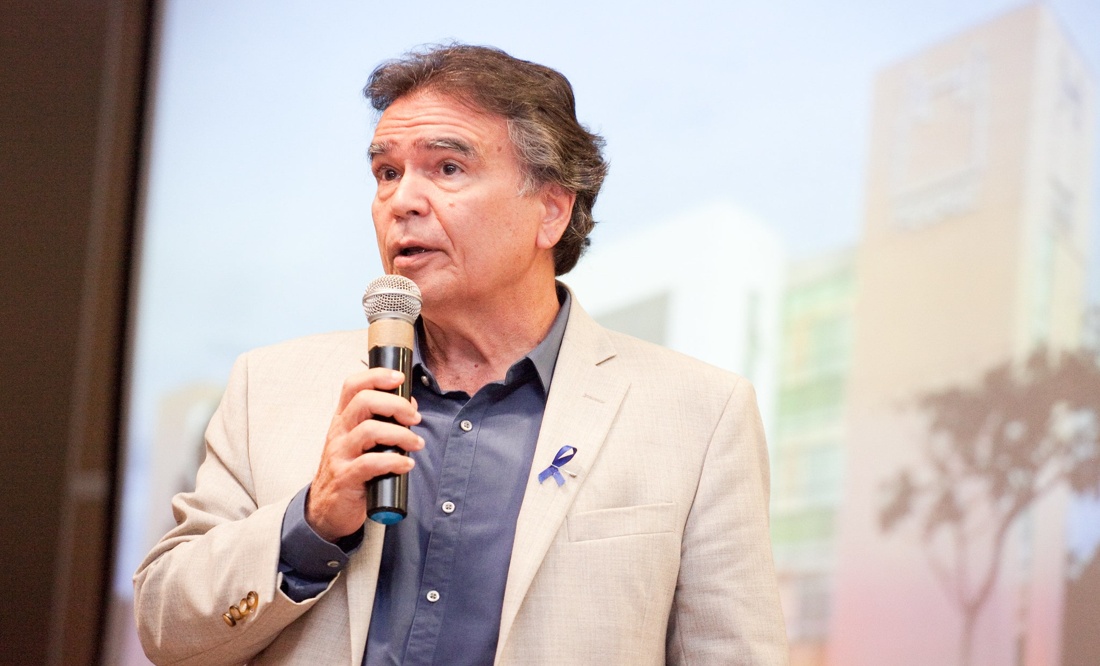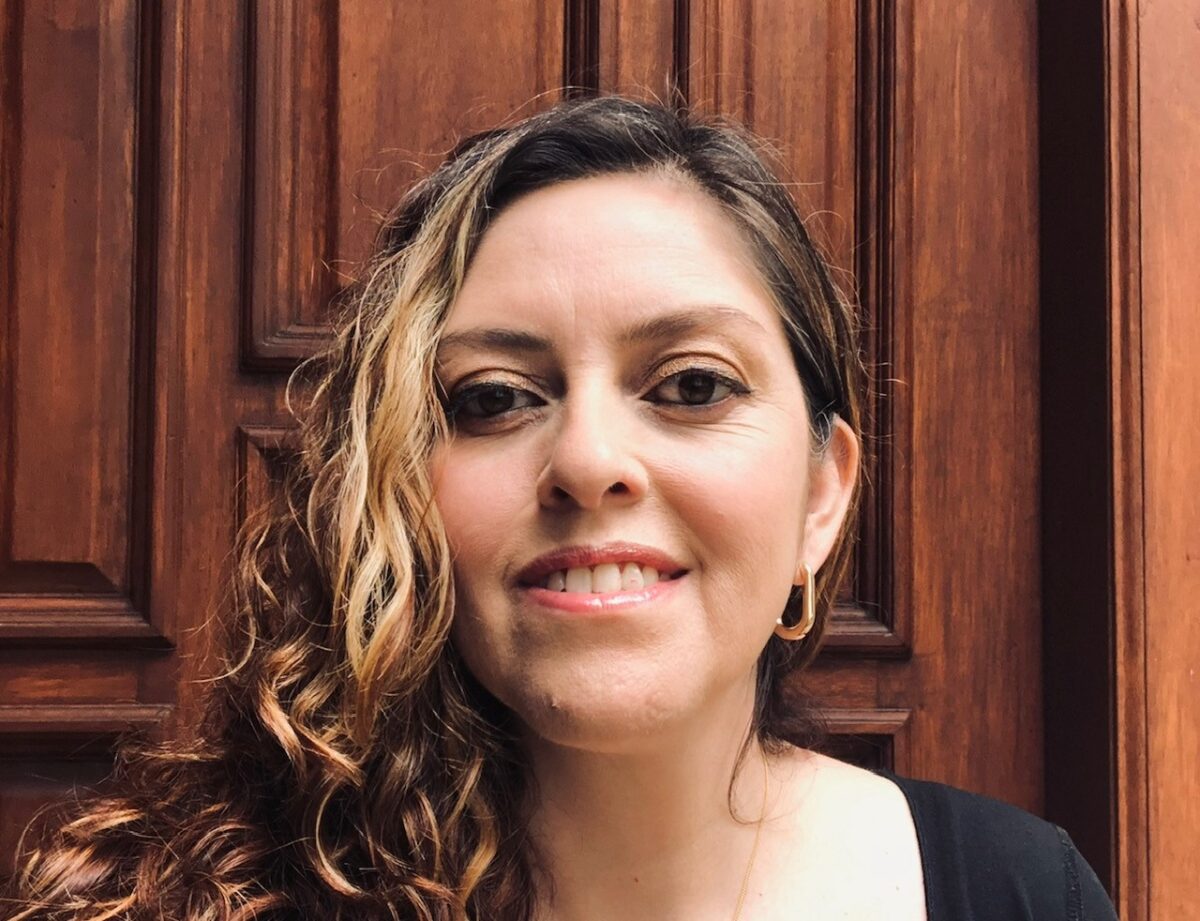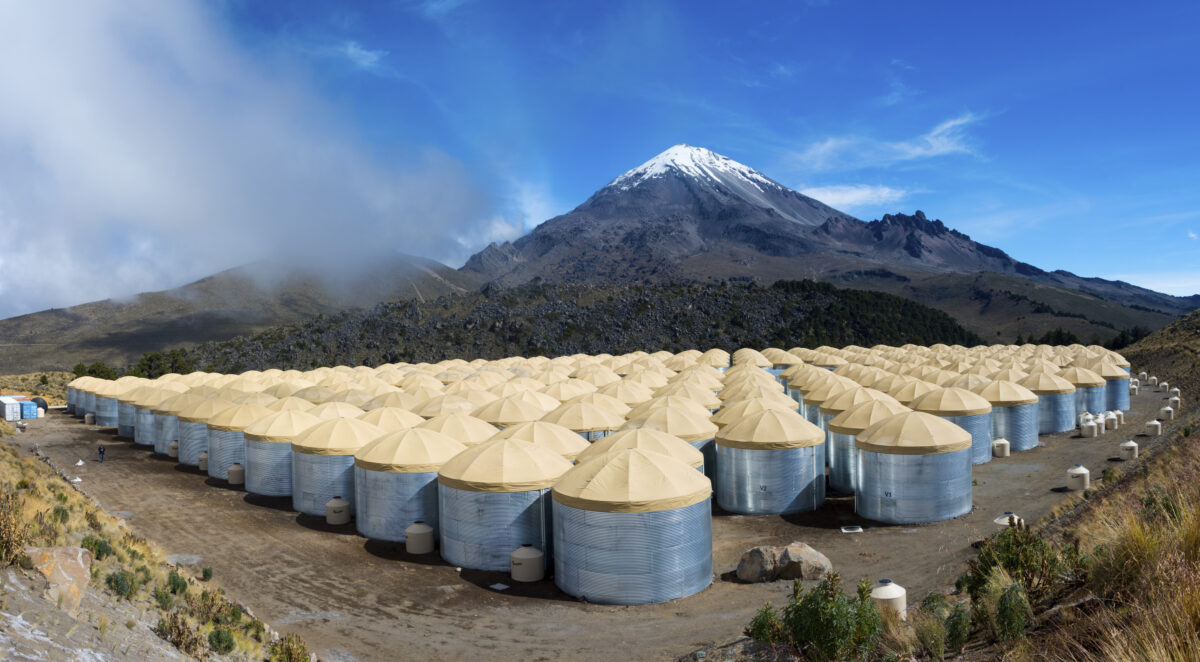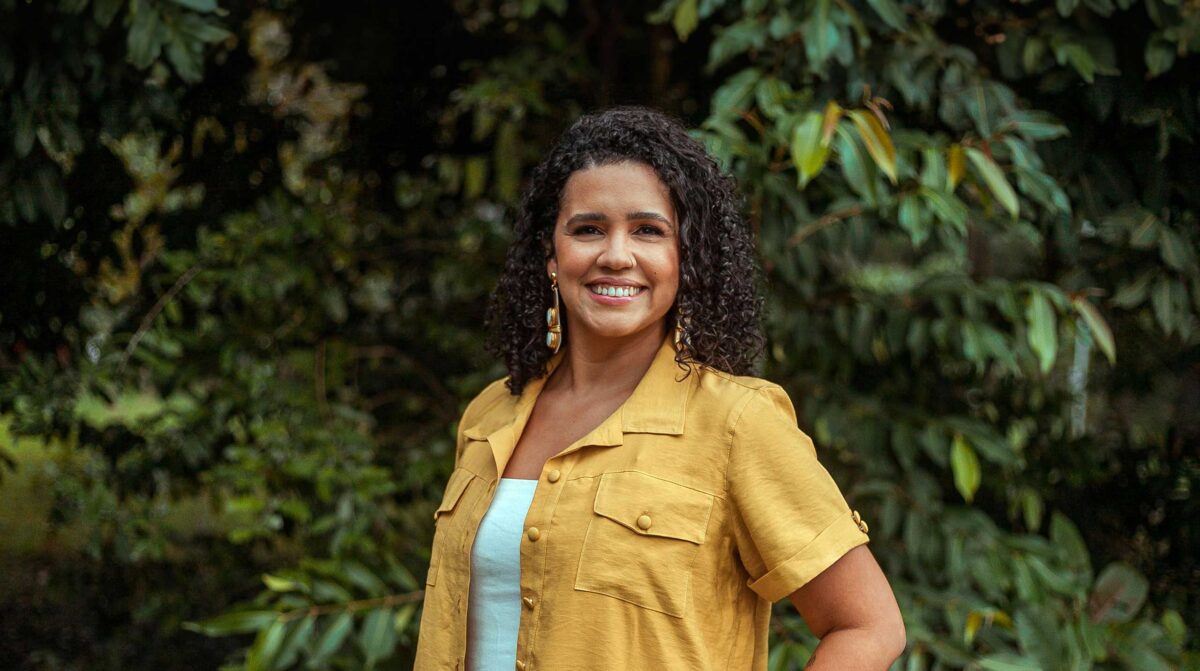 #Interviews
#Interviews
“Access to science is a human right”
Gabriela Frías-Villegas, from the National Autonomous University of Mexico, proposes more inclusive and participatory approaches to science communication that go beyond simply informing the public
 Mexican researcher Gabriela Frías-Villegas, from UNAM, says vulnerable communities, such as drug users, the homeless, poor rural communities, and refugees, are often left out of discussions about scientific and technological aspects that concern them | Image: Publicity/UNAM
Mexican researcher Gabriela Frías-Villegas, from UNAM, says vulnerable communities, such as drug users, the homeless, poor rural communities, and refugees, are often left out of discussions about scientific and technological aspects that concern them | Image: Publicity/UNAM
Science is a human right, and one of the ways to help people understand it is by facilitating access to information. So says Mexican researcher Gabriela Frías-Villegas, born in Mexico City in 1975, who has a degree in mathematics and English literature and a PhD in the philosophy of science from the National Autonomous University of Mexico (UNAM), where she now works as a researcher with the University Human Rights Program.
One of her lines of research is science communication as a human right, a subject that she and other authors discussed in an article published in the Journal of Science Communication (JCOM) in March.
The paper highlights that the United Nations (UN) 1948 Universal Declaration of Human Rights and the 1966 International Covenant on Economic, Social, and Cultural Rights consider the right to science a universal human right—since scientific knowledge is fundamental to human dignity and autonomy.
Frías-Villegas and her colleagues argued that in light of this fact, science communication needs to establish new strategies, especially within vulnerable communities, to ensure this universal right is respected.
“The goal is to ensure access to the benefits of scientific and technological progress and to enable communities to appropriate and transform scientific knowledge for their development while maintaining recognition of local knowledge through intercultural dialogue,” they wrote.
The authors advocated for the creation of more inclusive science communication methods that involve participation of the target population in communication processes.
This would include recognizing the social and cultural context of a given community and encouraging citizens to collaborate in the creation of communication materials.
In an interview with Science Arena, Frías-Villegas explained how this topic was studied in Mexico based on specific cases.
Science Arena – In your JCOM article, you and your coauthors discussed four practical cases of science communication in relation to vulnerable communities in different regions of Mexico. What characteristics of these cases did your research focus on?
Gabriela Frías-Villegas – The first case we analyzed was Atzzintla, a rural community near the High-Altitude Water Cherenkov (HAWC) Gamma-Ray Observatory. The local community’s opinion was not taken into account during the construction of the observatory, even though water from the region’s springs was used in the project and many surrounding trees were cut down.
The second case was opioid users on Mexico’s northern border. Health campaigns aimed at this community primarily focus on preventing drug use, but the members of this population are highly addicted and are in constant danger of infection due to needle sharing [for injecting the drugs]. Overdoses are also common because the drugs are frequently adulterated.
The third case involved a community near the Chalcatzingo archaeological site in the Morelos Valley. The inhabitants were not consulted when authorities decided to restrict access to the site, which had been part of the local community’s land for centuries. The fourth case was the Pilares project, through which science workshops were held for young people from vulnerable communities in Mexico City.
Should the practice of sharing science go beyond merely satisfying the curiosities of the general public?
Science communication has often been used as something “fun” or “curious” for children and teenagers. And science is both of those things, we cannot deny that. However, it is also something more profound when viewed from a human rights perspective.
The human right to a clean environment is violated in many countries around the world. A few months ago, when we had the privilege of seeing a total solar eclipse in Mexico, we realized the importance of the human right to a sky free of light pollution.
Some of these rights are not properly legislated, which is a major problem, leaving the authorities powerless to ensure they are respected.
How can we promote communication about science that positively impacts people and allows them to make better decisions in their lives?
In my work, the aim is not only to promote science communication among members of different communities, but also to cocreate it with the people that are truly relevant.

How do you identify that a certain science communication project is not properly connected to a specific community?
Generally, we can see that a project is not connected with the local community if the members of that community are not involved in the discussions or the process of creating the research project.
When working with a community, the first thing science communicators need to do is learn about and understand the population and their rituals, native language, concerns, etc.
There needs to be horizontal dialogue between all the individuals involved in a research project—scientists, managers, and other stakeholders. Only then is it possible to reach agreements on how to create and implement science communication in a way that is relevant to a socially vulnerable community.
What is the biggest benefit for the most vulnerable populations when they are included in the scientific process?
Vulnerable communities, such as drug users, the homeless, poor rural communities, and refugees, are often left out of discussions about scientific and technological aspects that concern them. These communities could benefit from scientific knowledge because it would allow them to change their practices and make better decisions about their lives and their environments.
In the JCOM article, your group stated that you hope the Mexican authorities responsible for managing public health policies will support and implement actions focused on science and human rights. What measures would be most effective?
In June, Mexico elected a new president, Claudia Sheinbaum, who is a trained physicist with experience working as a scientist. Sheinbaum appointed Rosaura Ruiz Gutiérrez, a biology professor from UNAM, as head of Mexico’s Ministry of Science, Humanities, Technology, and Innovation. Gutiérrez is a well-known scientist in our country.
Both Sheinbaum and Gutiérrez are aware of the importance of science and science communication. Hopefully they will provide a strong boost to programs that can benefit the most vulnerable communities in Mexico, such as inhabitants of rural or Indigenous communities, women suffering from poverty or violence, drug users, the homeless, migrants, refugees, etc.
My students and I suggest that new research programs be created in conjunction with members of these vulnerable communities, addressing issues and problems that are important to these populations.
When we carry out this type of study, the most important thing is not to follow the interests of the scientist, such as only sharing the knowledge the scientist deems relevant, but to give a voice to the members of the community and respect their human rights.
*
This article may be republished online under the CC-BY-NC-ND Creative Commons license.
The text must not be edited and the author(s) and source (Science Arena) must be credited.


